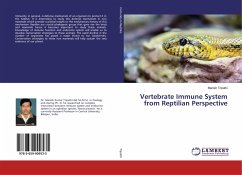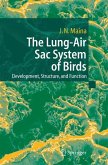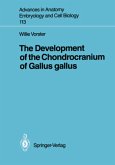The aim of this study was to investigate the development and diffferentiation of the adrenal glands in the grass snake during early stages of ontogenesis. After light microscopy and ultrastructural investigation, six developmental phases were distinguished in the grass snake adrenal glands. Similar developmental phases were described in pig embryos but they slightly differ from those presented above. In reptile and mammal embryos a similar direction of changes is observed in primaordia of both tissues forming adrenal glands.
Knowledge of the development and differentiation of adrenal glands in reptile embryos is fragmentary and inaccurate. Many contradictions and a lack of electron microscopical analysis of reptile adrenal primordia make it difficult to compare the gland development to other vertebrate groups. Insufficient knowledge allows us to only form hypotheses as to the differentiation of reptile adrenals, leading to certain generalisations on the evolutionary development of this organ in vertebrates. Thus, there are still many questions worth answering. To date, the genesis of interrenal tissues has not been clarified. The question of the moment of differentiation of two tissues remains open, as does that of their mutual topographic relationship during the development of adrenal glands in almost all reptile species. Furthermore, the time of the start of catecholamine synthesis in chromaffin tissue cells has not yet been defined. We also do not know when the adrenal cells in reptiles leave the embryonic stage and enter a full activity period. The reader will find answers to many of the above questions in the present volume.
Knowledge of the development and differentiation of adrenal glands in reptile embryos is fragmentary and inaccurate. Many contradictions and a lack of electron microscopical analysis of reptile adrenal primordia make it difficult to compare the gland development to other vertebrate groups. Insufficient knowledge allows us to only form hypotheses as to the differentiation of reptile adrenals, leading to certain generalisations on the evolutionary development of this organ in vertebrates. Thus, there are still many questions worth answering. To date, the genesis of interrenal tissues has not been clarified. The question of the moment of differentiation of two tissues remains open, as does that of their mutual topographic relationship during the development of adrenal glands in almost all reptile species. Furthermore, the time of the start of catecholamine synthesis in chromaffin tissue cells has not yet been defined. We also do not know when the adrenal cells in reptiles leave the embryonic stage and enter a full activity period. The reader will find answers to many of the above questions in the present volume.








